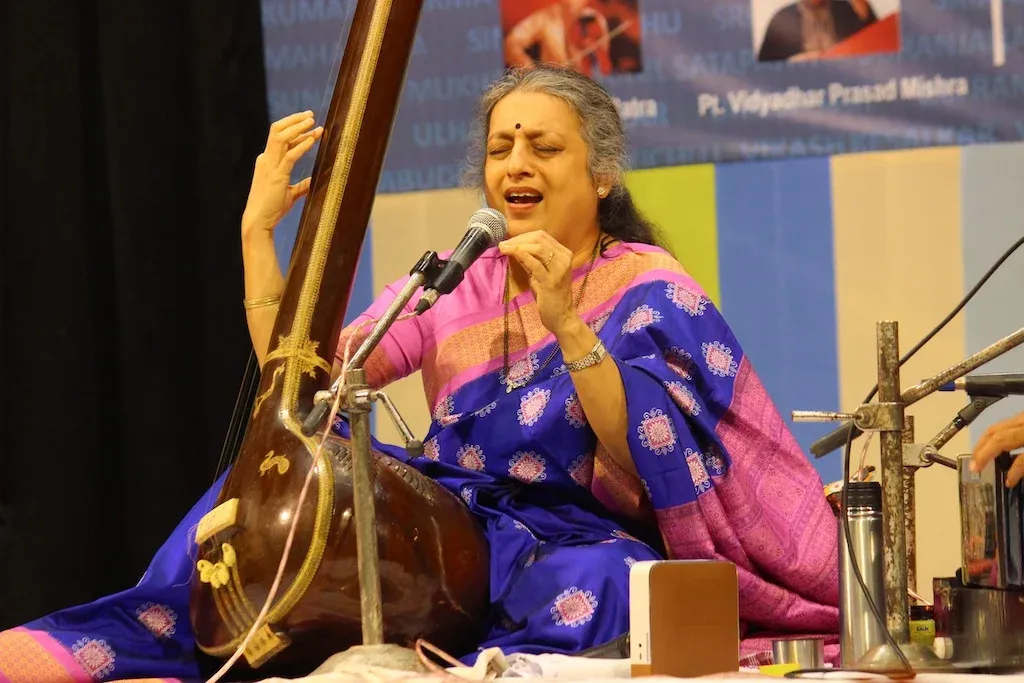What is Alankar in Indian Vocal Music?

Derived from the Sanskrit word “alankara,” meaning ornament or decoration, alankar represents a fundamental aspect of Indian classical music. It encompasses any pattern of musical decoration created by musicians within or across tones, serving to enhance the beauty and expressiveness of a composition. From fluid meends to rapid murkis, alankar offers a vast palette of techniques through which musicians can imbue their performances with emotion, virtuosity, and depth.
Historical Perspectives
Throughout the annals of Indian musical history, scholars and musicians alike have explored the creative possibilities inherent in alankar. Ancient treatises such as those by Datilla and Bharata Muni laid the foundation for this concept, presenting a set of alankaras that illustrated the intricate nuances of musical ornamentation. Over the centuries, the repertoire of alankar expanded, with scholars like Sarngadeva describing a staggering 63 alankaras, reflecting the richness and diversity of Indian musical traditions. Purandara Dasa, hailed as the father of modern Carnatic music, further advanced the concept of alankar by developing learning exercises based on svaravali and alankara, providing students with a systematic approach to mastering these techniques.
Types of Alankar
In both Carnatic and Hindustani music, a variety of alankaras find expression in vocal and instrumental performances. Some common types include:
1. Meend: A technique characterized by fluid glides between notes, creating a seamless transition and adding a sense of continuity to the melody.
2. Kan-swar: Grace notes used to embellish melodic phrases, their usage varying depending on the raga being performed.
3. Andolan: A gentle swing on specific notes, employed selectively to infuse the melody with subtle nuances.
4. Gamaka: Heavy oscillations involving two or three distinct notes, imparting depth and expression to the music.
5. Khatka/Gitkari: Rapid renditions of clusters of notes, executed with precision and lightness.
6. Murki: Subtle and delicate renditions of note clusters, adding sparkle and ornamentation to the melody.
Significance and Application
Alankar serves as a cornerstone of Indian classical music, enriching compositions with its ornate embellishments and intricate patterns. Whether through the emotive meends of a khayal rendition or the dazzling taans of a thumri, alankar enhances the expressiveness and virtuosity of a performance, captivating audiences with its beauty and complexity. Moreover, alankar serves as a pedagogical tool, enabling students to develop their technical proficiency and artistic sensibility through structured exercises and practice.





